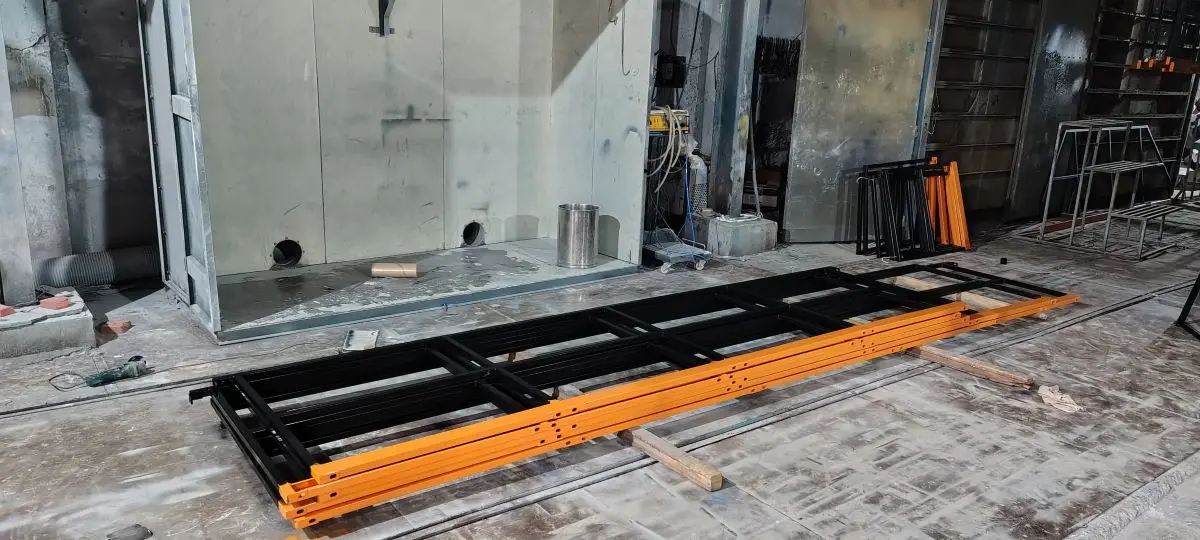Powder Coating: Comprehensive Industrial Guide
Powder coating is a cutting-edge finishing process that delivers a durable, aesthetically pleasing, and corrosion-resistant surface on metal substrates.

1. What is Powder Coating?
Powder coating is a dry finishing technique where finely ground pigments and resins are electrostatically applied to metal surfaces. The item is then cured at high temperatures, forming a continuous, hard, and durable layer. Unlike liquid paints, powder coating produces minimal waste and ensures a uniform, high-quality finish.
2. Types of Powder Coating
- Thermoset Powders: Form a cross-linked structure offering superior chemical and weather resistance.
- Thermoplastic Powders: Melt and solidify upon cooling; ideal for flexible applications.
- Epoxy Powders: Excellent adhesion and corrosion resistance, commonly used indoors.
- Polyester Powders: UV resistant and suitable for outdoor architectural components.
- Hybrid Powders: Combine epoxy and polyester properties for versatile indoor/outdoor applications.
3. Step-by-Step Powder Coating Process
- Surface Cleaning & Preparation: Removal of rust, oils, dirt, or old coatings via sandblasting, chemical cleaning, or degreasing.
- Pre-treatment: Phosphate or conversion coatings enhance adhesion and corrosion resistance.
- Electrostatic Application: Powder is sprayed using electrostatic guns for even coverage.
- Curing: Baking in a temperature-controlled oven to fuse powder into a uniform finish.
- Cooling & Inspection: Coated items are cooled and checked for thickness, adhesion, gloss, and uniformity.
4. Advantages of Powder Coating
- Exceptional durability and corrosion resistance
- Environmentally friendly with minimal VOC emissions
- Wide range of colors, textures, and finishes
- Uniform finish without drips or brush marks
- Cost-effective and low maintenance
- Fast application and minimal rework
5. Applications Across Industries
- Industrial machinery and equipment
- Structural steel and metal frameworks
- Pipelines, tanks, and storage systems
- Automotive components and machinery parts
- Architectural and decorative metalworks
6. Industry Standards & Best Practices
Professional powder coating follows ISO 9001 quality standards, ASTM specifications, and environmental regulations. Best practices include precise surface preparation, controlled curing, and careful powder handling.
Back